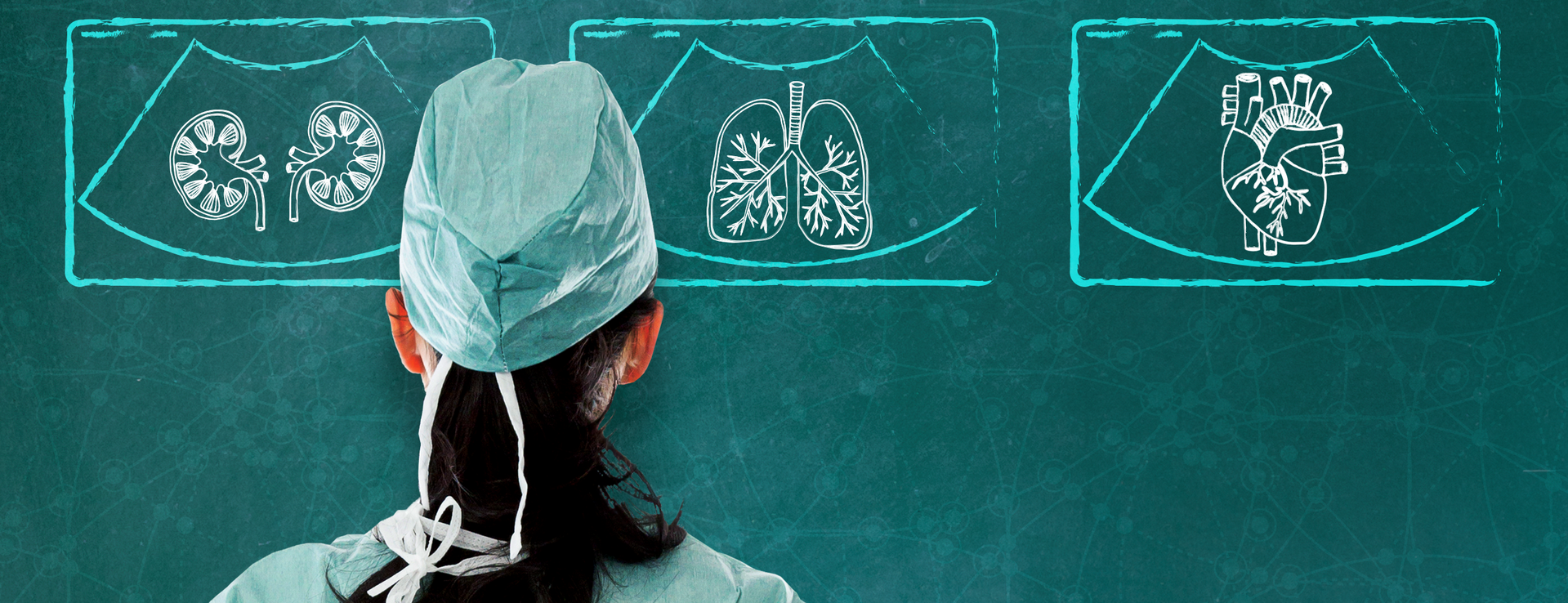Go Beyond the Block: Perioperative Ultrasound Can Help Streamline Patient Care
The role of the anaesthesiologist is changing. With hospitals seeking innovative ways to streamline patient care and improve outcomes, anaesthesiologists are increasingly expected to provide patient care beyond general anaesthesia and nerve blocks. Pain management and patient care responsibilities now extend past the operating room and well into recovery. Anaesthesiologists are taking on new roles before, during, and after surgery.
Now, anaesthesiologists are picking up new skills, like point-of-care ultrasound, that would have been previously relegated to another specialist. Learning how to scan perioperative patients for complications and conditions is actually a time-saving measure, and can significantly improve patient outcomes and shorten hospital stays.
How can point-of-care ultrasound aid in perioperative care?
Point-of-care ultrasound (POCUS) is becoming an increasingly essential component of perioperative patient care. With several applications, such as aiding in local anaesthetic placement, and helping determine and prevent post-operative complications, perioperativists will find POCUS to be an invaluable tool in helping provide better patient outcomes.
Common perioperative ultrasound applications include:
- Hemodynamic monitoring & volume status management
- Identification of pericardial effusion or tamponade
- Detection of cardiopulmonary pathology including pneumothorax
- ET Tube Placement/airway management
- Focused Assessment of Transthoracic Echocardiography (FATE exam)
- Assessment of gastric contents
- Evaluation of hemodynamic instability (FAST exam)
- Ultrasound-guided nerve blocks

